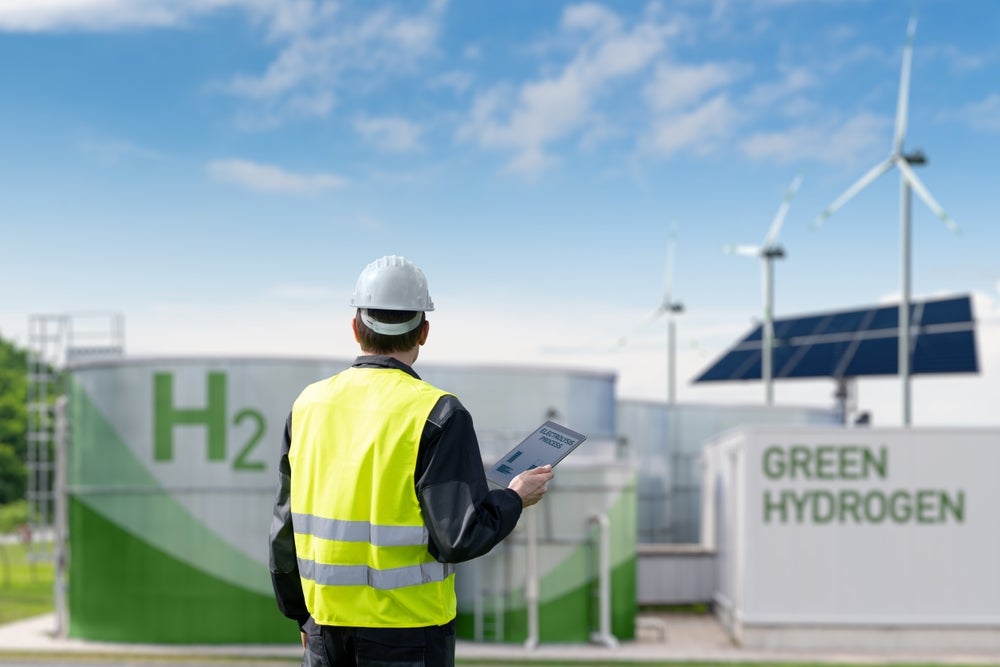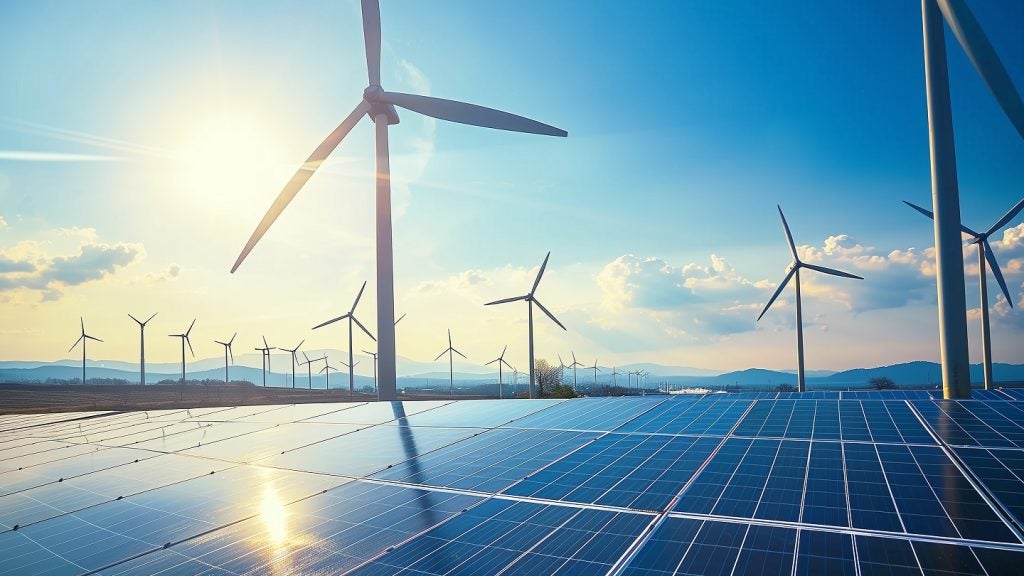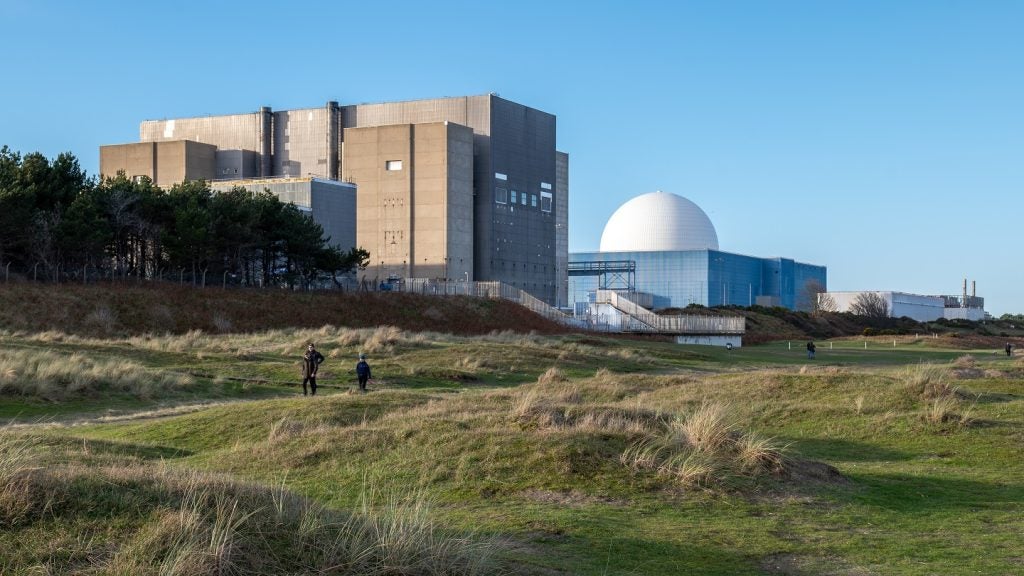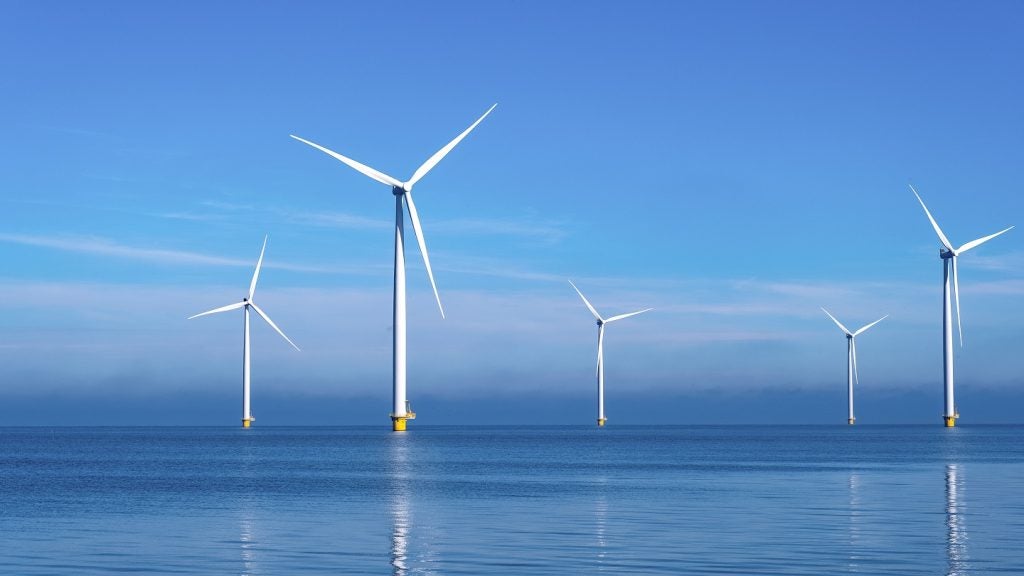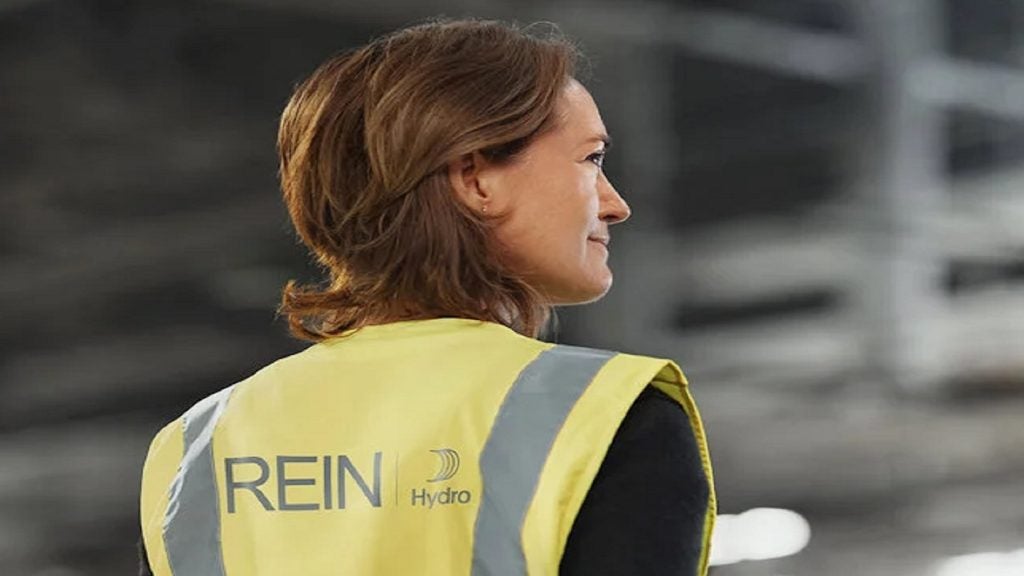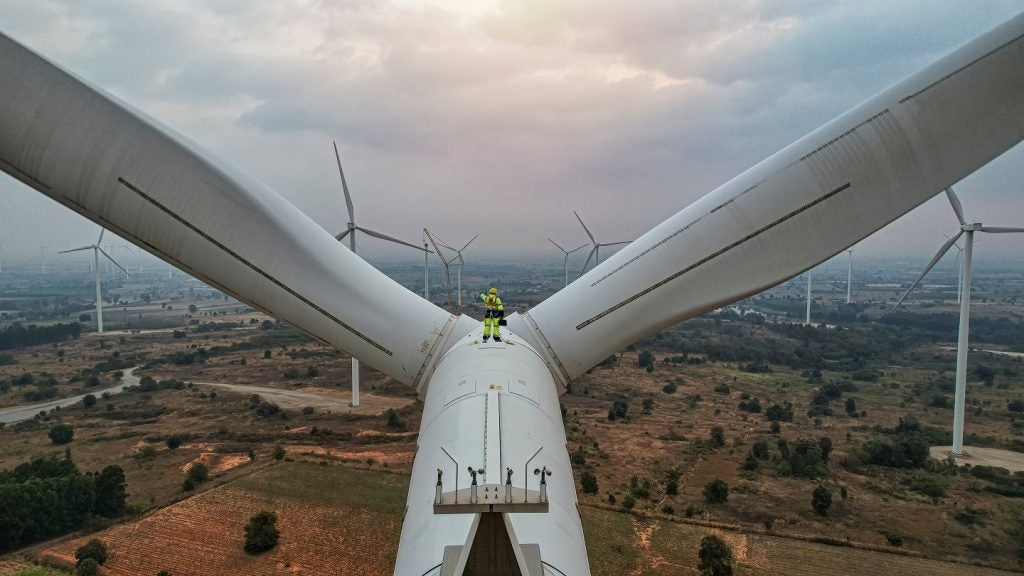Green hydrogen is produced by splitting water into oxygen and hydrogen using energy from renewable sources.
It is produced through electrolysis, with both the electricity production and the electrolysis processes involved producing zero carbon emissions.
Green hydrogen is still in the early stages of development with 79.46% capacity worldwide in the feasibility stage, according to the GlobalData’s hydrogen database. The UK Government’s hydrogen ambitions are to achieve 10GW of low-carbon hydrogen production by 2030.
Several oil and gas companies are increasing their investments into renewable energy sources which can be harnessed to produce green hydrogen. With further research and development into improving the efficiency of renewable energy resources, the cost of renewable energy is falling and hence the cost of producing green hydrogen will reduce by consequence. According to the International Energy Agency (IEA) the levelised cost of hydrogen production in 2019 was between $3.2 and $7.7 per kg and is expected to fall to between $1.3 and $3.3 per kg by 2050.
What are the challenges?
The success of the green hydrogen economy in the UK is dependent on the sustained demand, efficient production, and distribution via suitable transport infrastructure. These require consistent funding while being able to overlook operational losses in the short to medium term.
Since January 2024, three UK electrolysis-based projects have made cancellation announcements according to the GlobalData database. A lack of energy suppliers and government support, due to inadequate plant details and a reduced predicted output capacity, were key factors in their cancellations.
In addition, two UK based plants have been stalled in the last year. The Gigastack Lincolnshire Hydrogen Complex has been paused due to the need for further development and refinement to the supply chain.
Meanwhile, the Statkraft Trecwn Hydrogen Complex in Pembrokeshire, which planned to utilise solar and wind energy, has been postponed for at least a year. Despite the plant being designed to run independently of the national grid, a small grid connection is needed to maintain equipment while renewable solar and wind energy is not available. This supply of power required is larger than that currently available at the Trecwn Depot. Hence a new import connection is necessary which is possible but will create project delays.
Green hydrogen issues
Further issues prevail due to hydrogen’s low volumetric energy density, making it is necessary to store hydrogen at very low temperatures and high pressures to ensure sufficient energy density. Additionally, hydrogen tends to diffuse into metallic structures such as pipes and storage vessels leading to hydrogen embrittlement. This weakens the structures, increasing the probability of leaks and explosions.
The UK has made a significant investment in its hydrogen pipeline infrastructure by the production of the “hydrogen backbone”. The “hydrogen backbone” will be capable of transporting blends of 100% hydrogen through up to 2000km of pipes, which will connect hydrogen production and storage sites with energy consumers across the UK.
Project Union will look at repurposing existing network infrastructure alongside new pipelines to create a hydrogen pipeline network. It has a projected cost of $2.8bn (£2.2bn) and will consist of three main pipes: Grangemouth to Southampton, Humberside to Frodsham and Thatcham to Llanelli.
In addition to the “hydrogen backbone” seven other pipeline projects have been planned/announced to span more than 1127km combined, according to the GlobalData database. All seven projects are scheduled to be completed by 2030 to aid the UK Government’s hydrogen ambitions.
What is the future of green hydrogen in the UK?
The UK currently has 15 active, electrolysis-based green hydrogen plants. The largest three are utilising wind, solar, biomass, and tidal renewable energy as their primary energy sources. According to the GlobalData database they are producing a combined capacity of 0.371 Kilotons per annum.
The number of electrolysis-based green hydrogen plants in the UK is set to increase by over 600% by 2030 with 95 new planned/announced plants. The completion of the “hydrogen backbone” and additional pipeline infrastructure should provide sufficient transportation capacity for this increase to enable the UK to meet Government capacity ambitions.
The hydrogen transport infrastructure is vital for the future of green hydrogen in the UK. The investment in this infrastructure must continue to provide stability for projects. In turn this shall encourage the continued investment in the sector while also stimulating demand.
Further optimisation of electrolysers for green hydrogen and renewable energy production will lead to a reduction in production costs, improving green hydrogen’s prospects. With this continued investment and development, green hydrogen has the potential for a favourable future in the UK.


